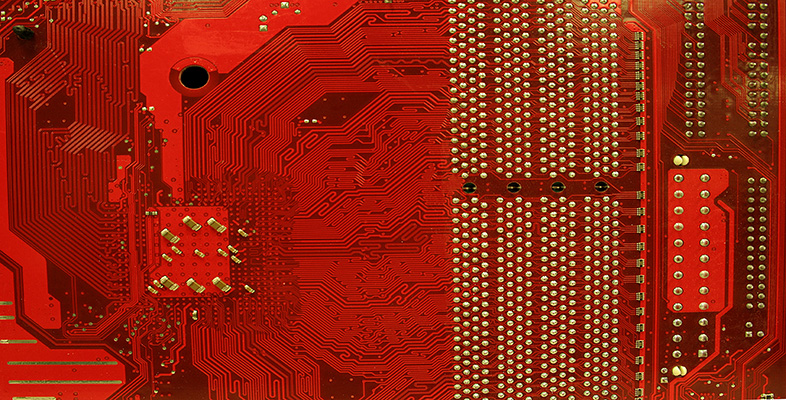1.1.2 What was being built? Or imagined?
The chess-playing automata were simple frauds – as their makers well knew. The idea was to mimic intelligent life, though the audience may have been willing to believe they were in the presence of a machine that was genuinely reasoning. On the other hand, mythical creations such as the Golem were imagined as being indisputably living things, capable of independent action and of real personality. Between these two extremes there is much less certainty. Clearly, Vaucanson's Duck was only an imitation of a real duck; but with its intricate internal mechanisms, did it in some way approach reality? Would ever more complex mechanisms at some point result in a creature very like a real duck? Vaucanson himself believed he was imitating life. Descartes (of whom more later) believed that animal behaviour could be explained in purely mechanical terms. Could building a truly living creature some day be a possibility?
The crucial distinction here is between an original (a real duck) and an imitation or simulacrum of a duck. We can define a simulacrum as '... something having merely the form or appearance of a certain thing, without possessing its substance or proper qualities' (Oxford English Dictionary). So Vaucanson's Duck, according to this definition, is obviously a simulacrum. But could a perfect simulacrum ever be the reality? If it walks (exactly) like a duck and quacks (exactly) like a duck, could we ever claim it's a (real) duck? This distinction is not mere pedantry: it has been at the centre of many debates about artificial intelligence and will come up again in this course.
